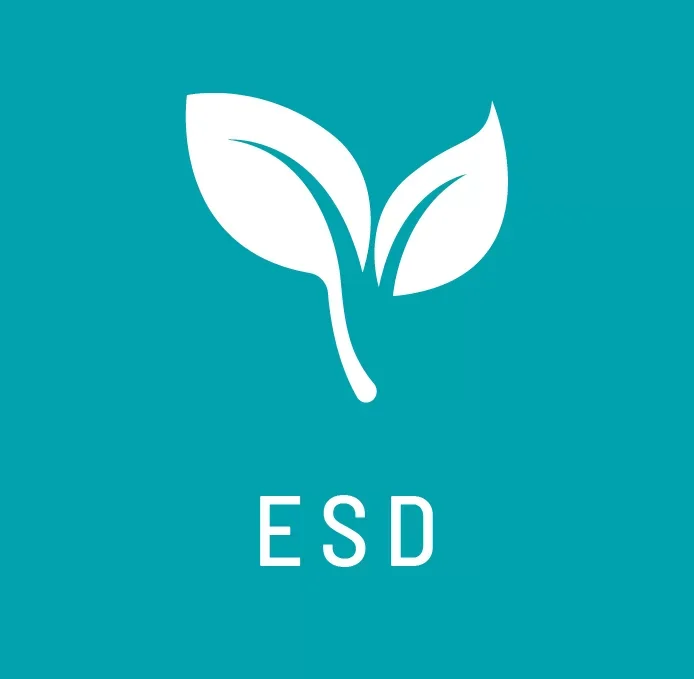We collaborate closely with designers and engineers to design and construct green buildings that embody sustainability and innovation.
ESD
Environmentally Sustainable Design (ESD)
Environmentally Sustainable Design (ESD), also known as sustainable or green design, is the practice of creating products, buildings, and systems that minimise environmental impact while supporting long-term ecological, social, and economic well-being.
From planning and concept design to operational performance, we provide comprehensive sustainability services that help deliver green, healthy, and high-performing buildings throughout every stage of the project.
Our Key ESD Strategies
Energy Efficiency
Designing buildings that optimise energy use, reduce consumption, and integrate renewable energy solutions such as rooftop solar PV.
Materials Selection
Choosing non-toxic, eco-friendly materials, including recycled, reclaimed, or rapidly renewable options, to minimise environmental footprint.
Water Efficiency
Applying water-saving technologies and smart management practices to reduce consumption and promote responsible usage.
Waste Reduction
Reducing waste throughout the design, construction, operation, and end-of-life stages while encouraging recycling and responsible disposal.
Biophilic Design
Integrating natural elements and connections to the outdoors to enhance occupant well-being and productivity.
Sustainable Operations
Supporting building occupants in maintaining and applying sustainable design principles throughout daily operations.

